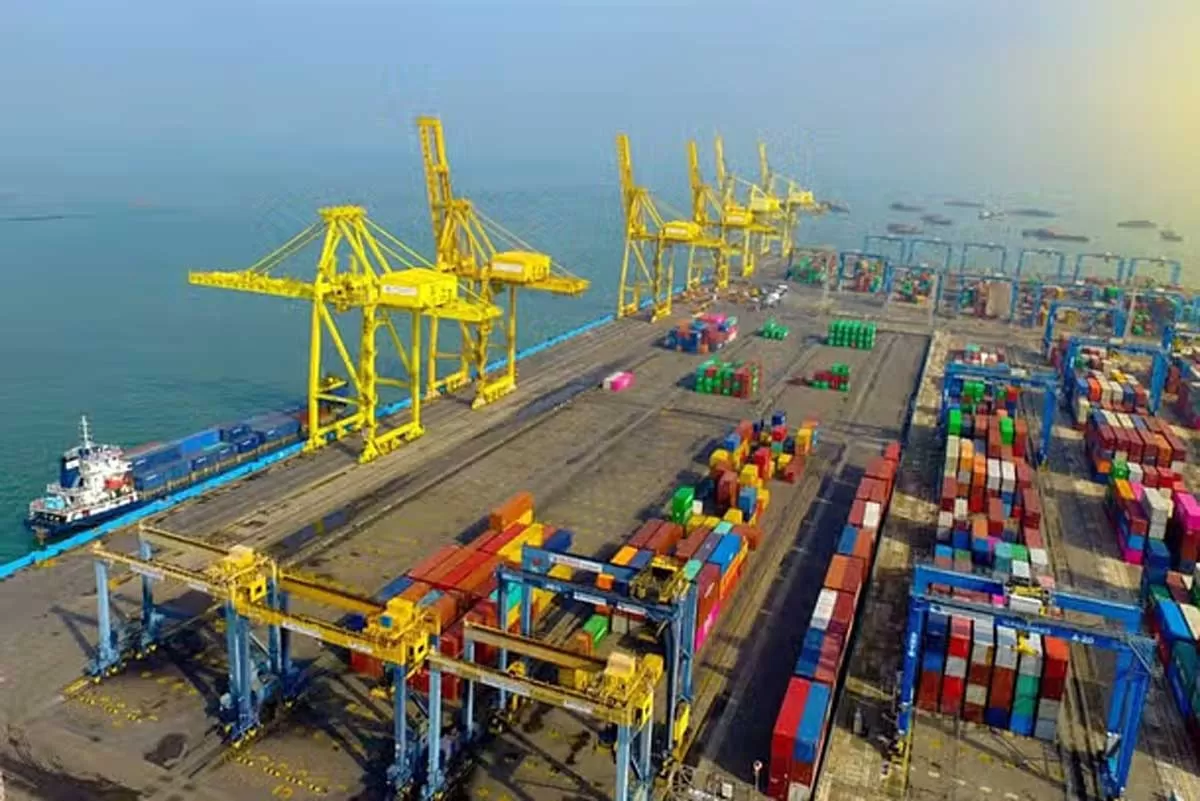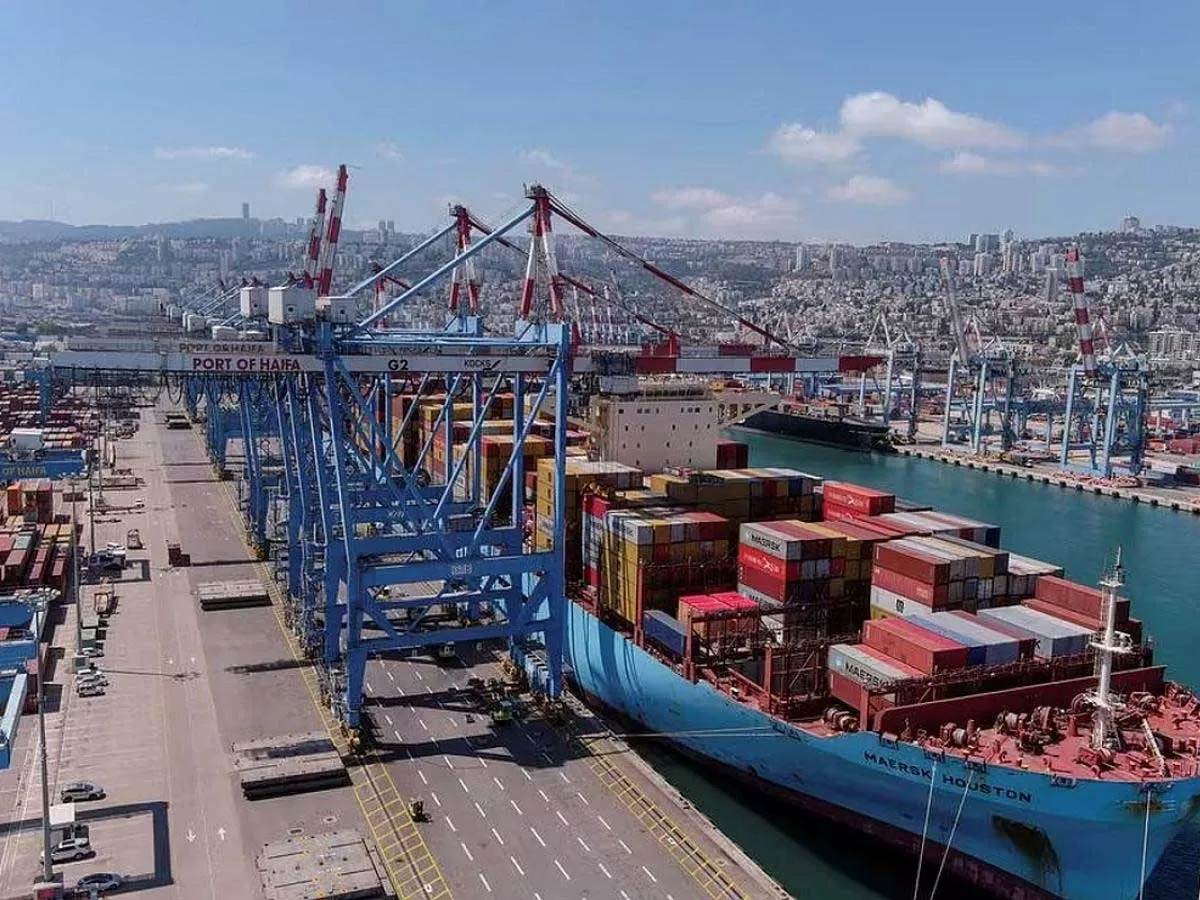by Harkunwar Singh, Co-Founder and CEO, Novatr
If you're reading this article, you're probably well aware of the buzz that Building Information Modeling (BIM) has been creating in the architecture, engineering, and construction industry (AEC). BIM is a true game-changer in the industry, so what sets BIM apart?
Building Information Modelling has redefined collaboration in the construction industry by making it easier, more efficient, and ultimately more effective. With BIM, everyone involved in a project can access the same digital model, which makes it convenient to coordinate and share information, leading to fewer errors and delays and a better project outcome. In Computer-aided Design (CAD, drawings can be shared and collaborated on, but it can be difficult to coordinate changes and updates.
Unlocking Digitization in AEC
The Architecture, Engineering, and Construction industry is one of the largest and most important industries in the world, but it's also one of the least digitised. Statistically, it is the
second lowest-digitised industry in the world.
One of the biggest challenges to digitising the AEC industry is establishing a common digital infrastructure for all stakeholders. Architects, engineers, contractors, and subcontractors often use different systems and standards, which can make it difficult to collaborate and share data. This is where BIM comes in!
How effective is Building Information Modelling?

Use of BIM in construction project lifecycle
BIM plays a role across all phases of a construction project lifecycle, showcasing its versatility and impact. BIM models serve as a digital blueprint, enabling stakeholders to visualise the project and make informed decisions. BIM models are also invaluable tools for project management, scheduling, and resource allocation. BIM allows for efficient operations and maintenance, as the digital model contains all the information needed for asset management, maintenance schedules, and renovations throughout the building's lifecycle.
Real-world impact of Building Information Modelling
Having talked about the uses of BIM, it becomes essential for
AEC professionals and firm owners to look at the use cases of the technology so far.
The real-world impact of BIM has been nothing short of a complete digital transformation in the various sectors of the design and construction industry. Over 300 high-profile projects in the UK, US, Germany, France, China, Japan, Korea, and Singapore are currently underway using BIM technology. From the iconic One World Trade Center in New York City to the luxurious Marina Bay Sands in Singapore to China's tallest skyscraper, the Shanghai Tower, BIM technology has left an indelible mark on the global architectural landscape.
BIM is also playing a vital role in urban planning, helping cities worldwide make informed decisions that lead to more sustainable and well-structured urban developments in the construction industry. This is especially critical as the world's urban population continues to soar, with over 68% projected to live in urban areas by 2050. In India, BIM technology is digitally transforming the construction industry at full throttle to accomplish the Smart Cities Mission, Metro Rail expansions, and construction of industrial corridors. The nation has already started to reap the benefits of this technology, with a 15% reduction in construction costs and a 30% reduction in construction time, leading to enhanced overall efficiency.
Way forward for Building Information Modelling
BIM's potential to revolutionise the construction industry is undeniable. For a country like India, which envisions becoming a trillion-dollar economy by 2047, the construction industry needs to form the foundation of this development. We can enable this by
adopting new-age technologies like BIM that make the construction process efficient and error-free.
In 2019, the BIM modelling market size was pegged at $5,205 million, and this figure is predicted to reach $15,892 million by 2027, growing at a CAGR of 15% within the seven years.
BIM Market Global forecast
Source: MARKETSANDMARKETS
At Novatr, we want to drive changes with technologies like BIM to enhance the industry. We don’t want to just create structures, we’re helping people build their dreams, ambitions, and future. I believe BIM is no passing trend; it's an indispensable tool in the industry. The BIM revolution is here, reshaping construction from the ground up.


















